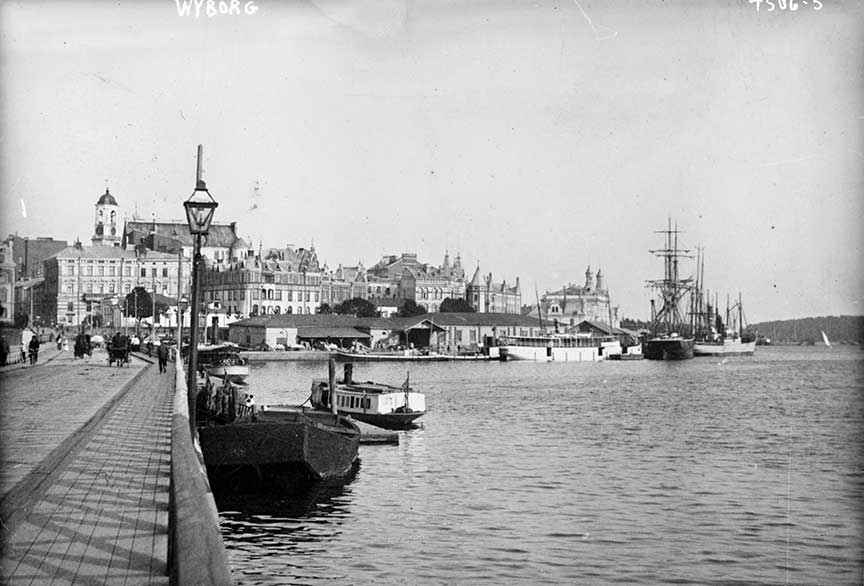Finland Gains Independence

Wyborg
Finland declared its independence on December 6th, 1917. However, a civil war ensued between Finnish Bolsheviks and their opponents. The opponents won after a difficult fight. To finalize the end of the conflict and the border with the Soviet Union the Treaty of Dorpat signed on October 14, 1920. This treaty reaffirmed Finland's independence.
Sweden initially ruled Finland, but Sweden lost Finland to Russia due to the Russian Swedish War of 1741-43. During the 19th century, as nationalism swept Europe, a distinct Finnish nationalism developed. At the turn of the 20th century, Finland created its parliament and the trappings of liberal democracy. However, Russia still ruled, and the Tsar limited the powers of the new parliament. The Russian pushed for the Russification of Finland, but the Finish fought back. The outbreak of World War I ended that attempt.
With the outbreak of the Russian Revolution and the overthrow of the Tzar, the Finns believed that the legal basis for the Union between Russia and Finland was now void, and the Finns declared themselves independent. The interim Russian government rejected the Finnish action. However, when the Bolsheviks gained power, they issued a proclamation giving the people of Russia the right of succession. On December 6, 1917, the Finish parliament approved a declaration of Independence. The Soviet Russian government recognized Independence, as did many neighboring countries.
A civil war developed between the White Finns and the Red Finss (socialist). The Reds took the offensive and captured Helsinki on January 28, 1918. The two sides had similar sized armies, with the Soviets aiding the Reds and the German aiding the Whites. The Whites, however, had superior leadership, and that turned out to be decisive.
The Whites took the offensive first, capturing Tampere after a bloody battle that was fought house to house. They then recaptured Helsinki, finally defeating the Reds at the Batte of Lahti and the Battle of Vyborg.
The Whites were victorious, capturing 80,000 Reds, including 5,000 women, most of whom were put in the prison camps. The toll of the civil war was high 36,000 people perished. The scars were deep, but with Germany defeated, most of the Reds were pardoned, and the country began to heal.
 >
>